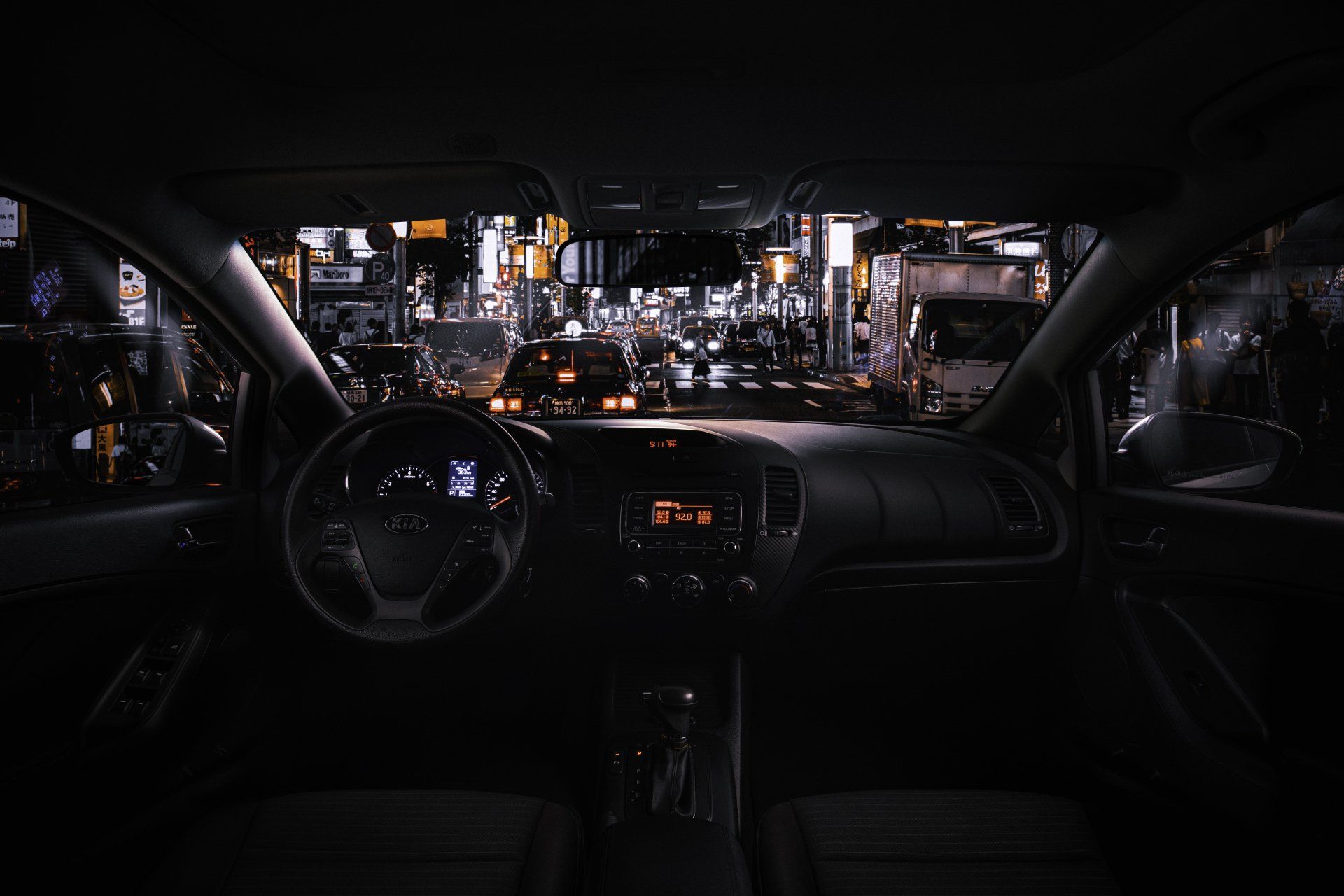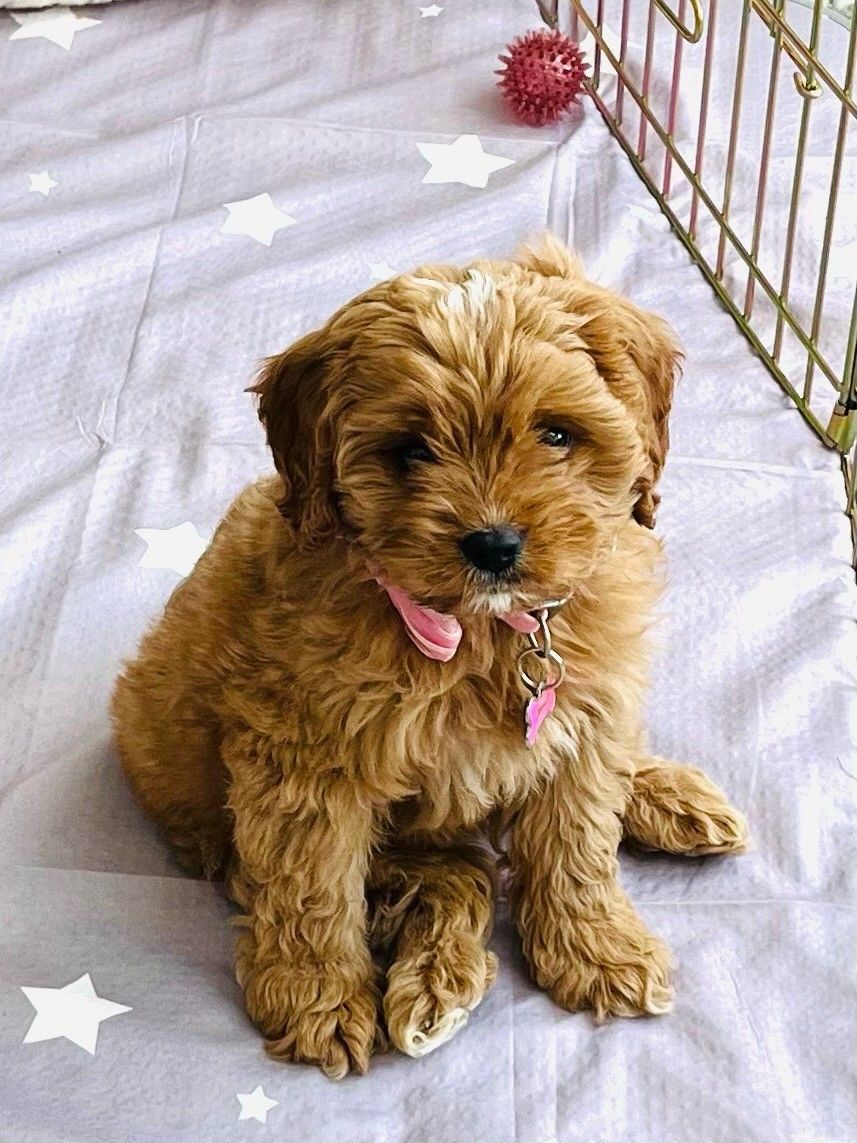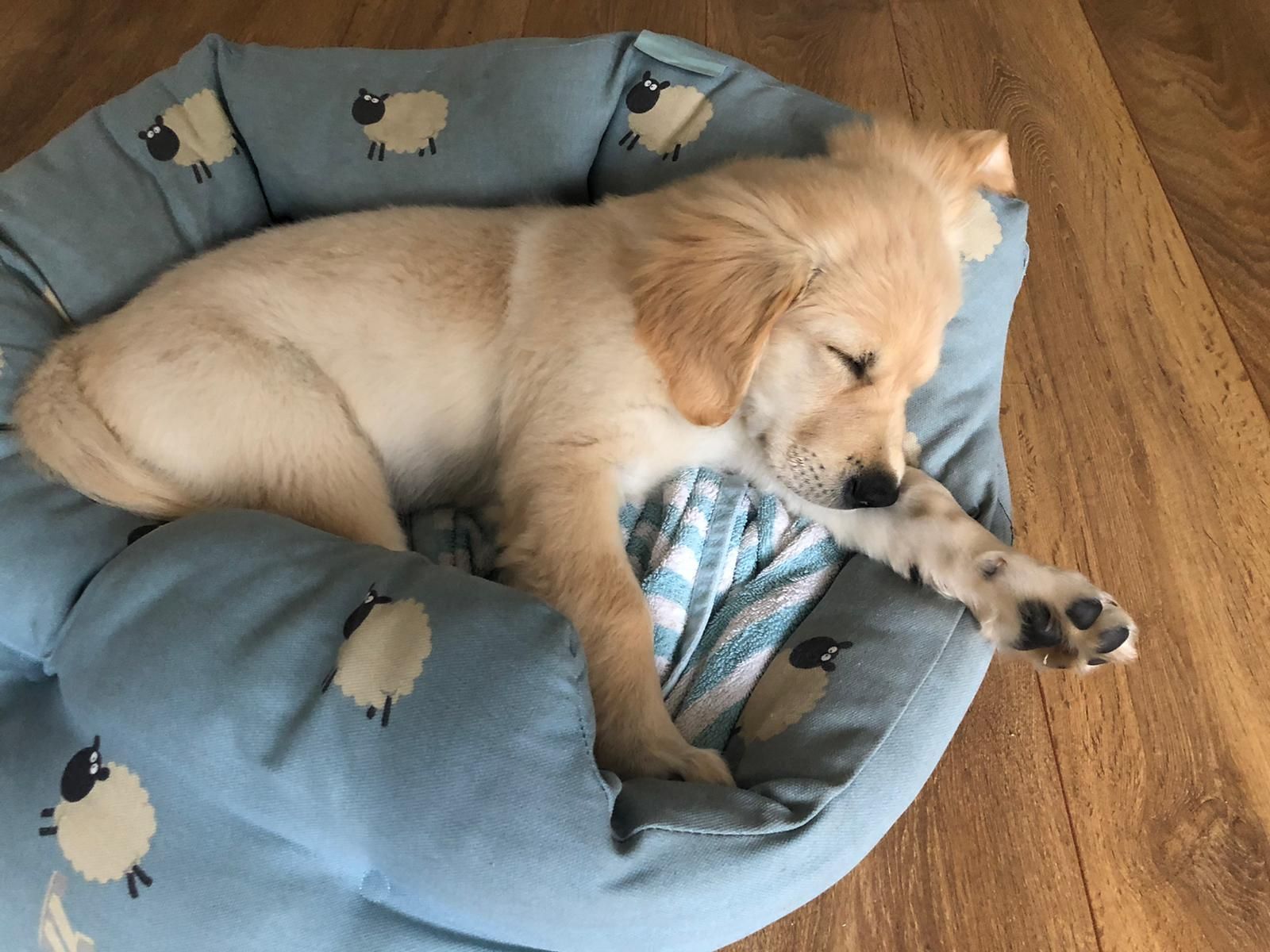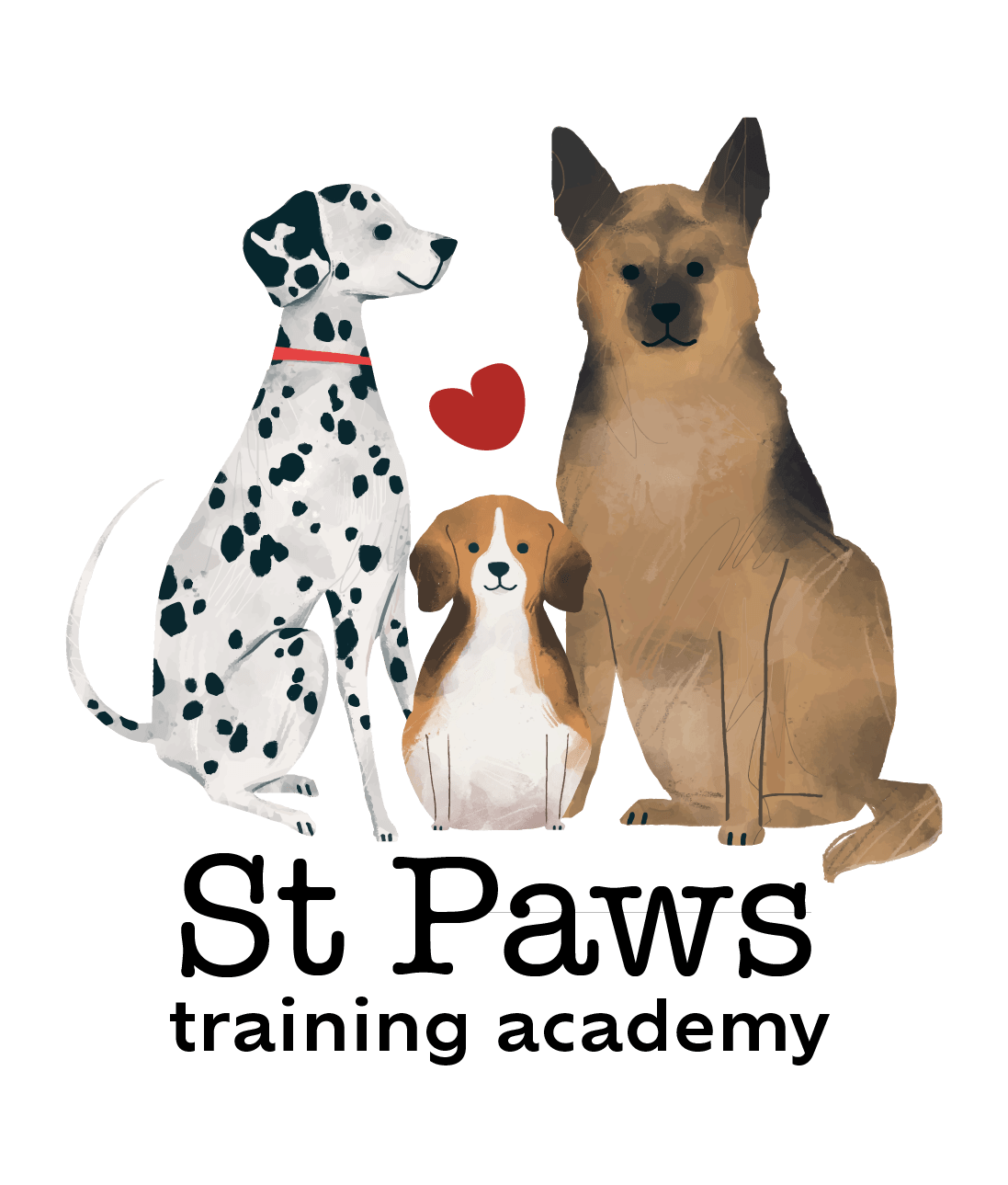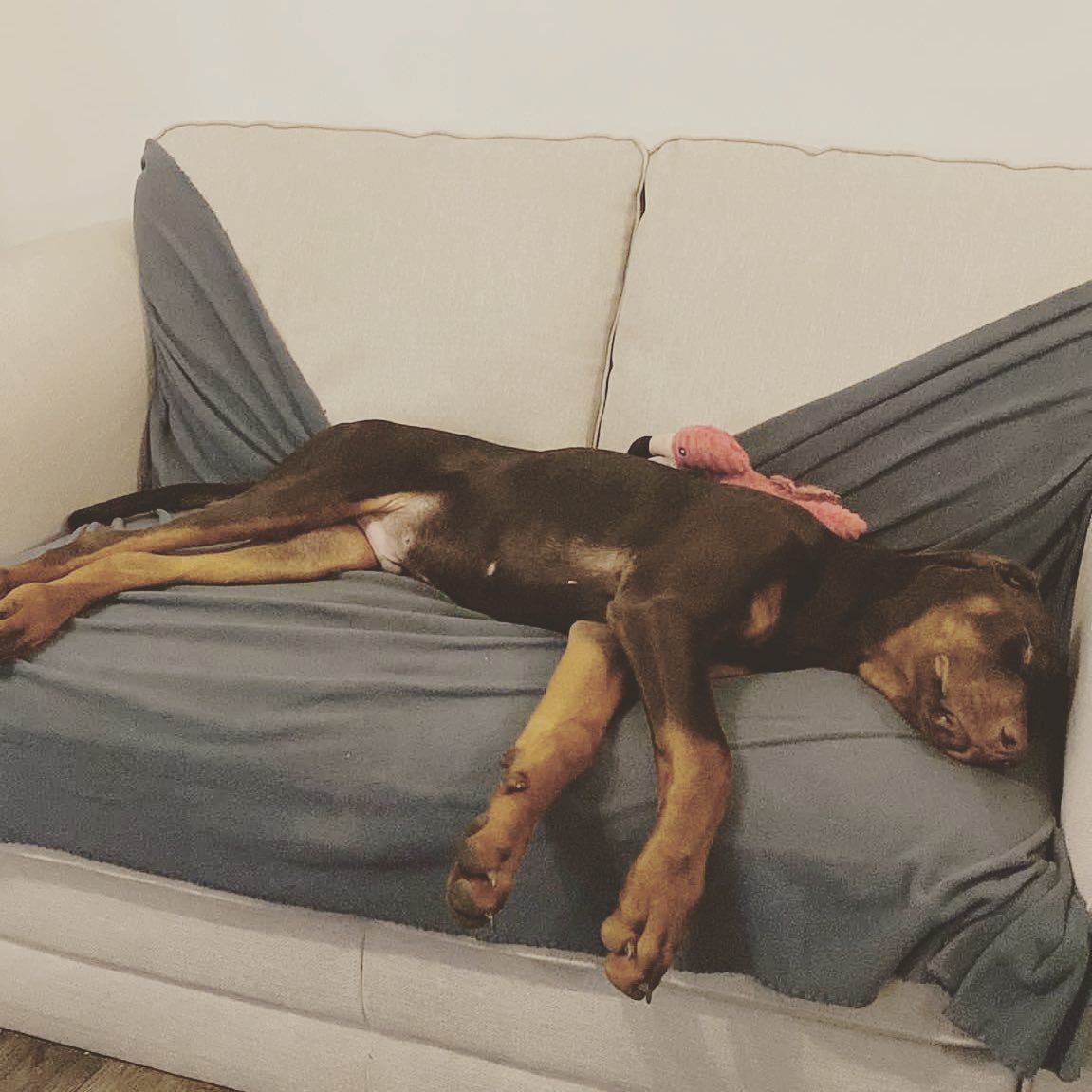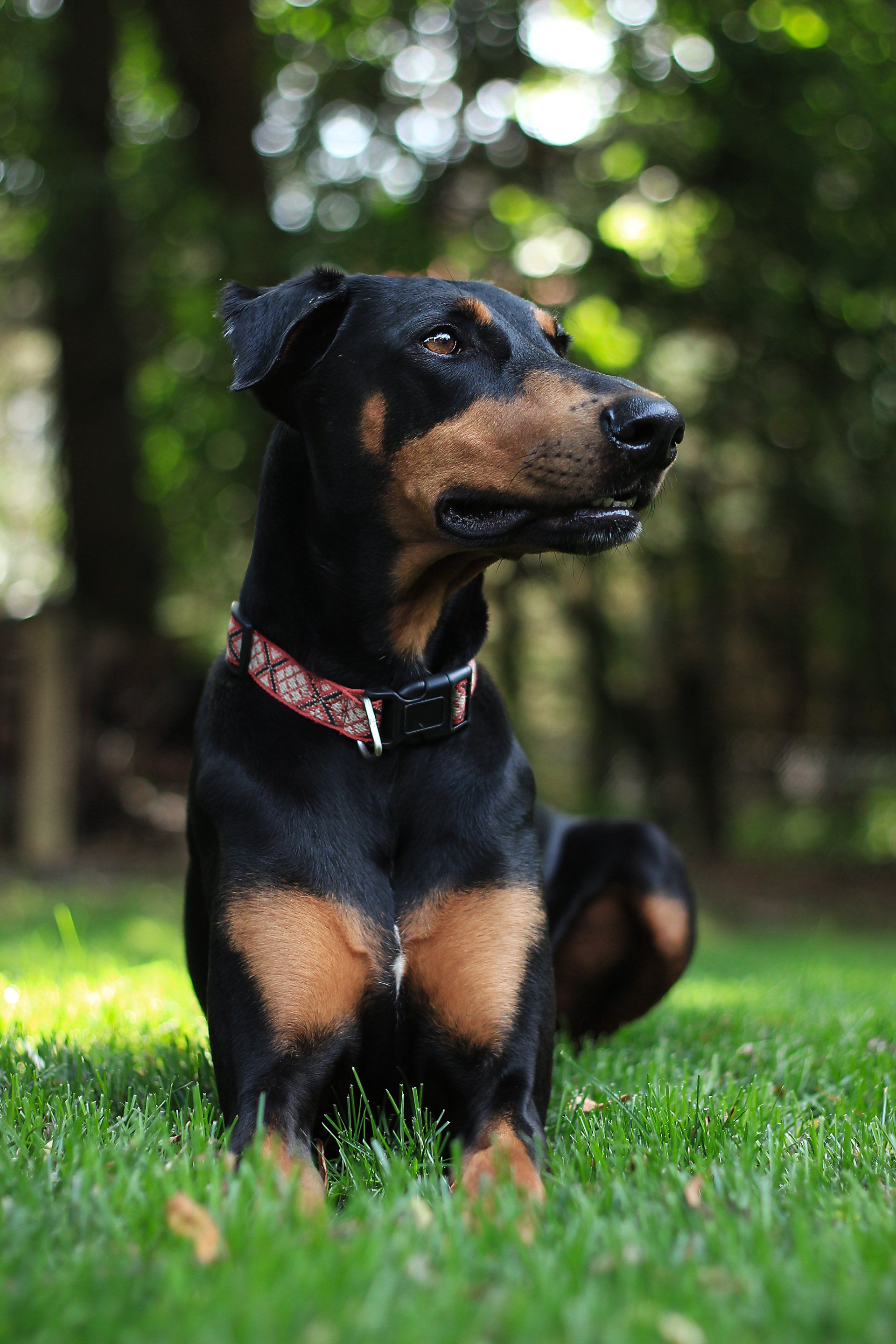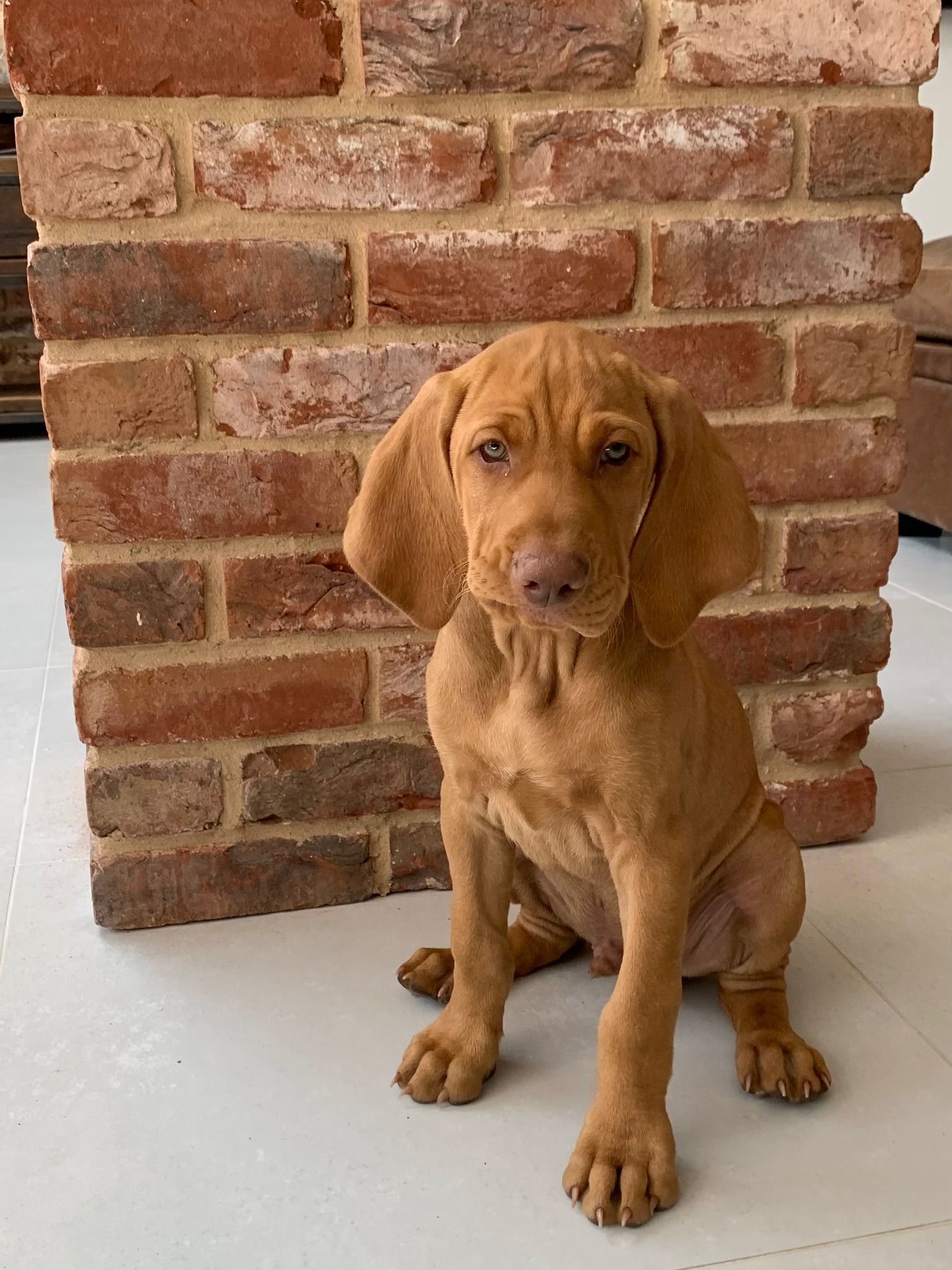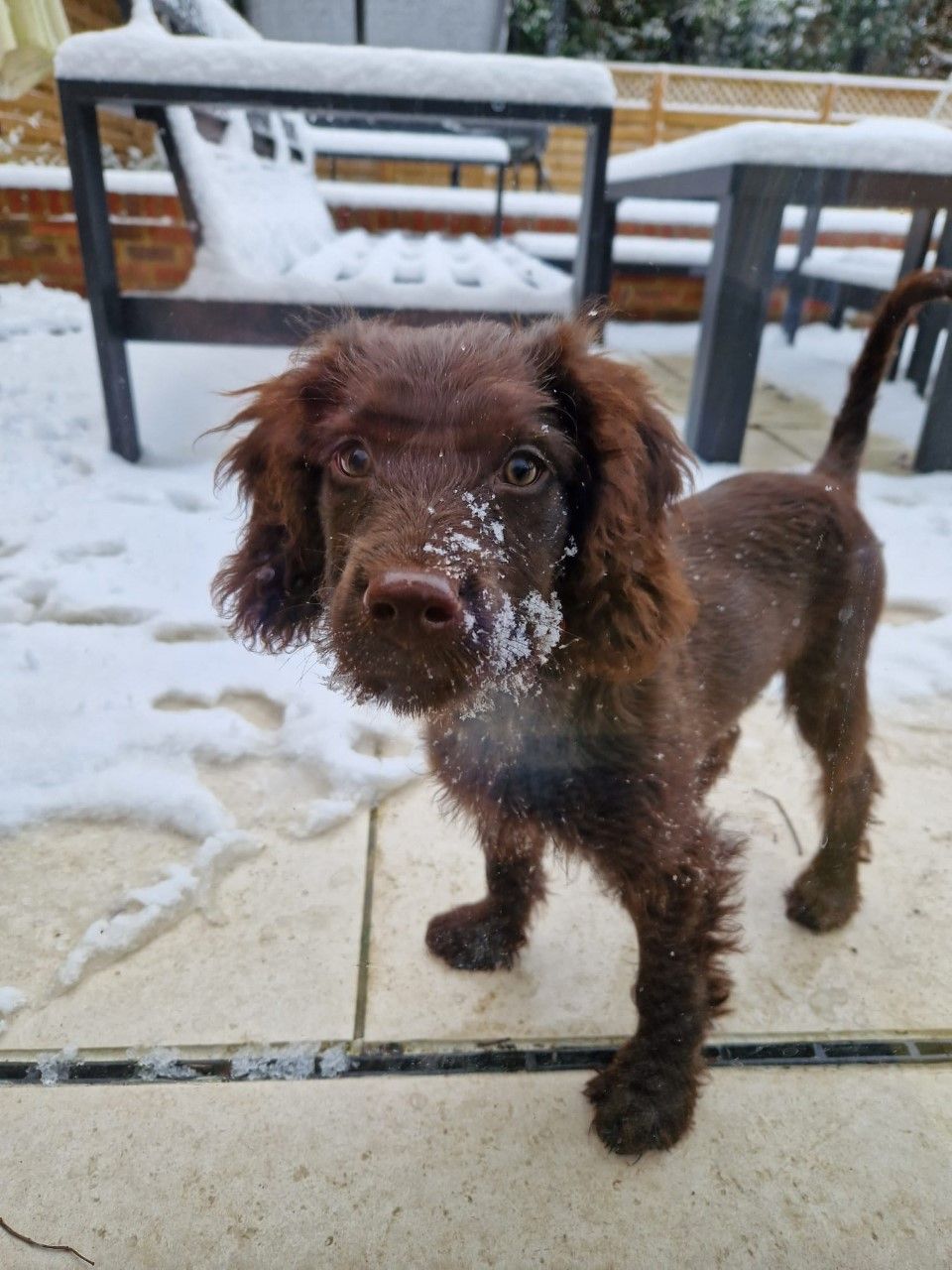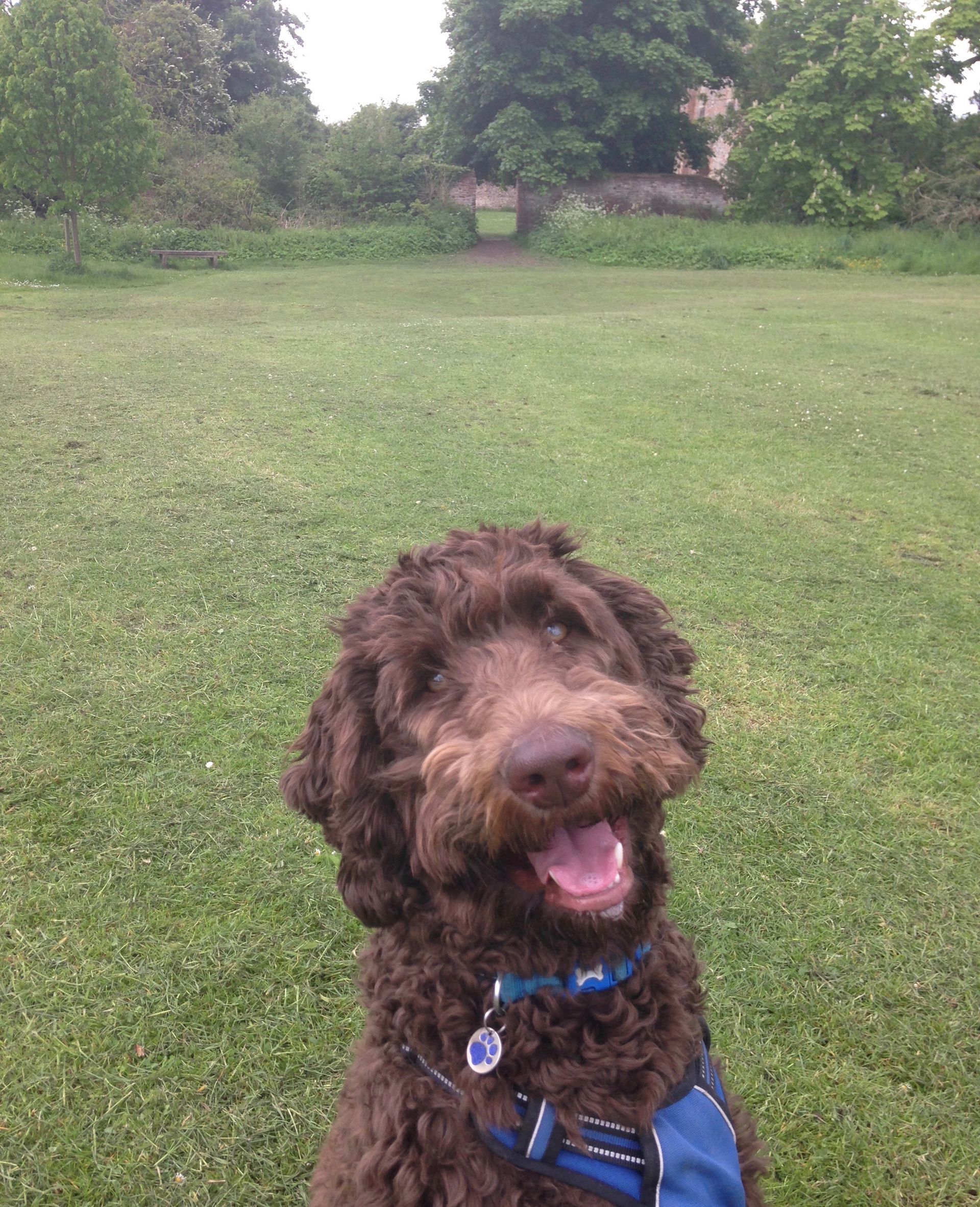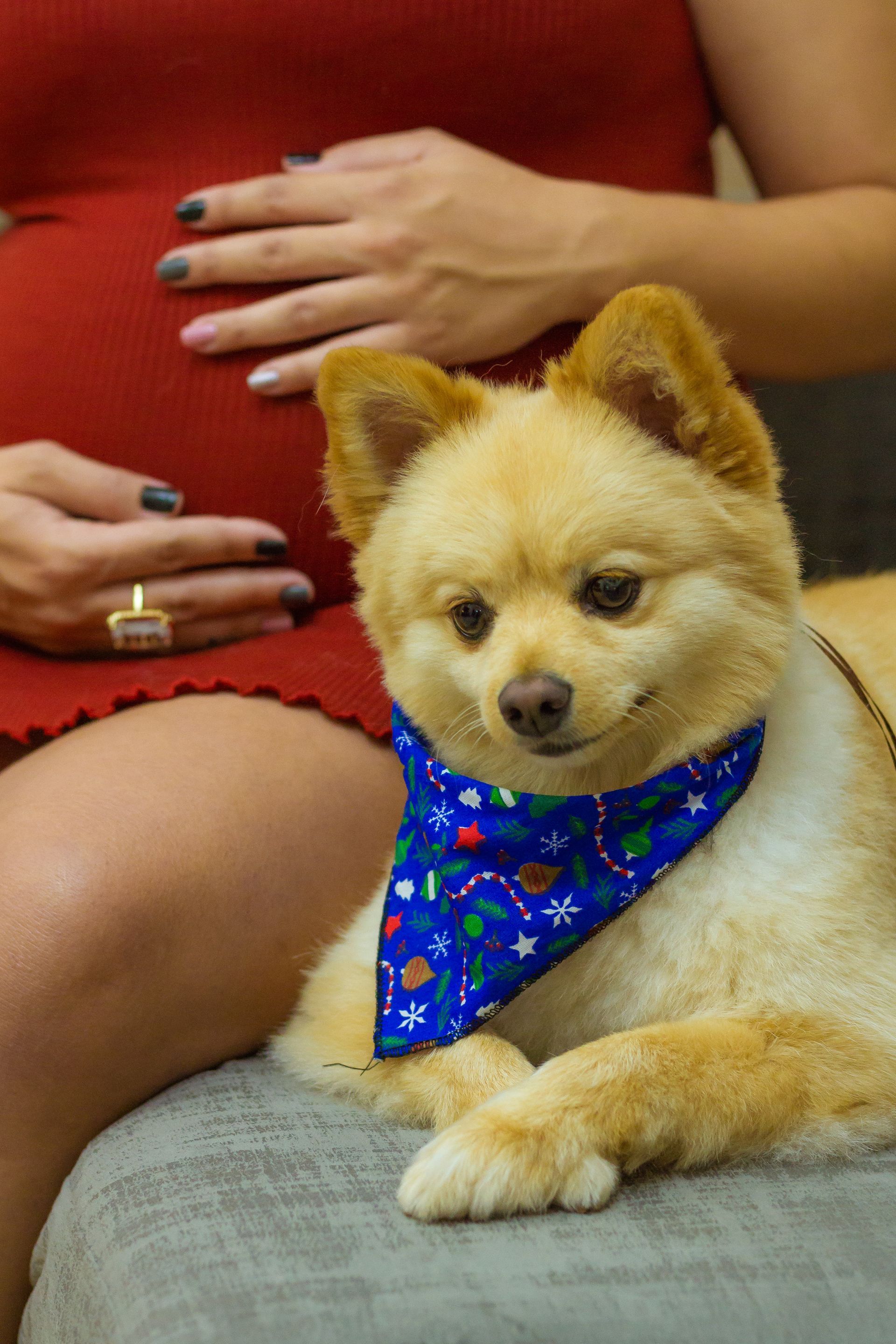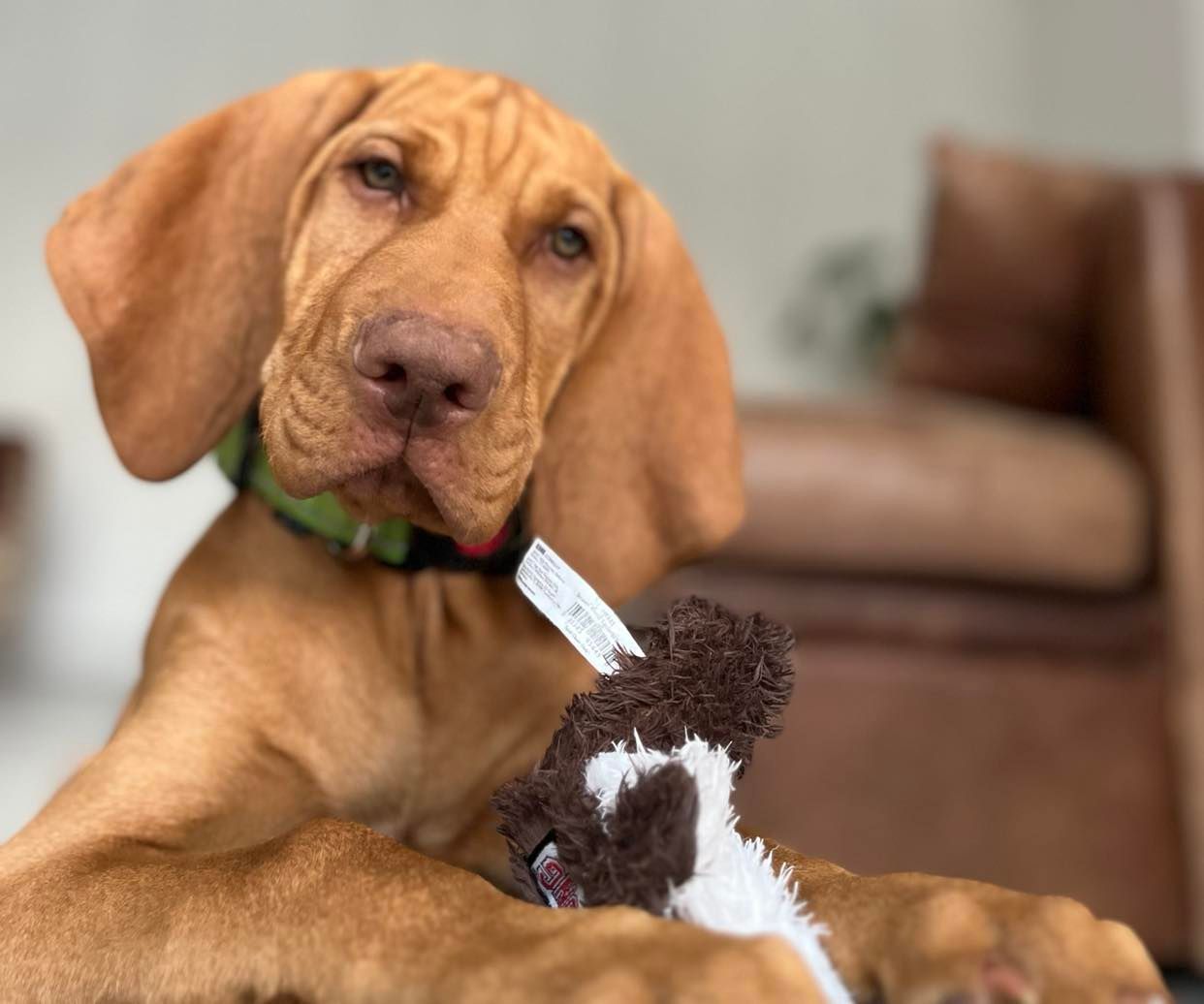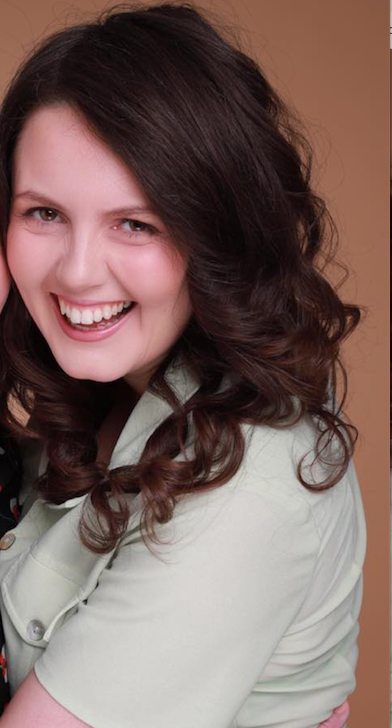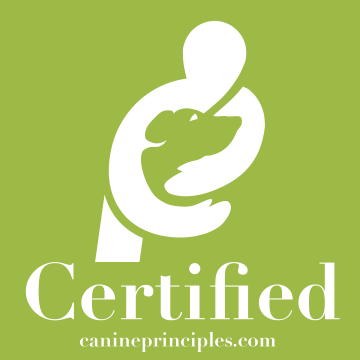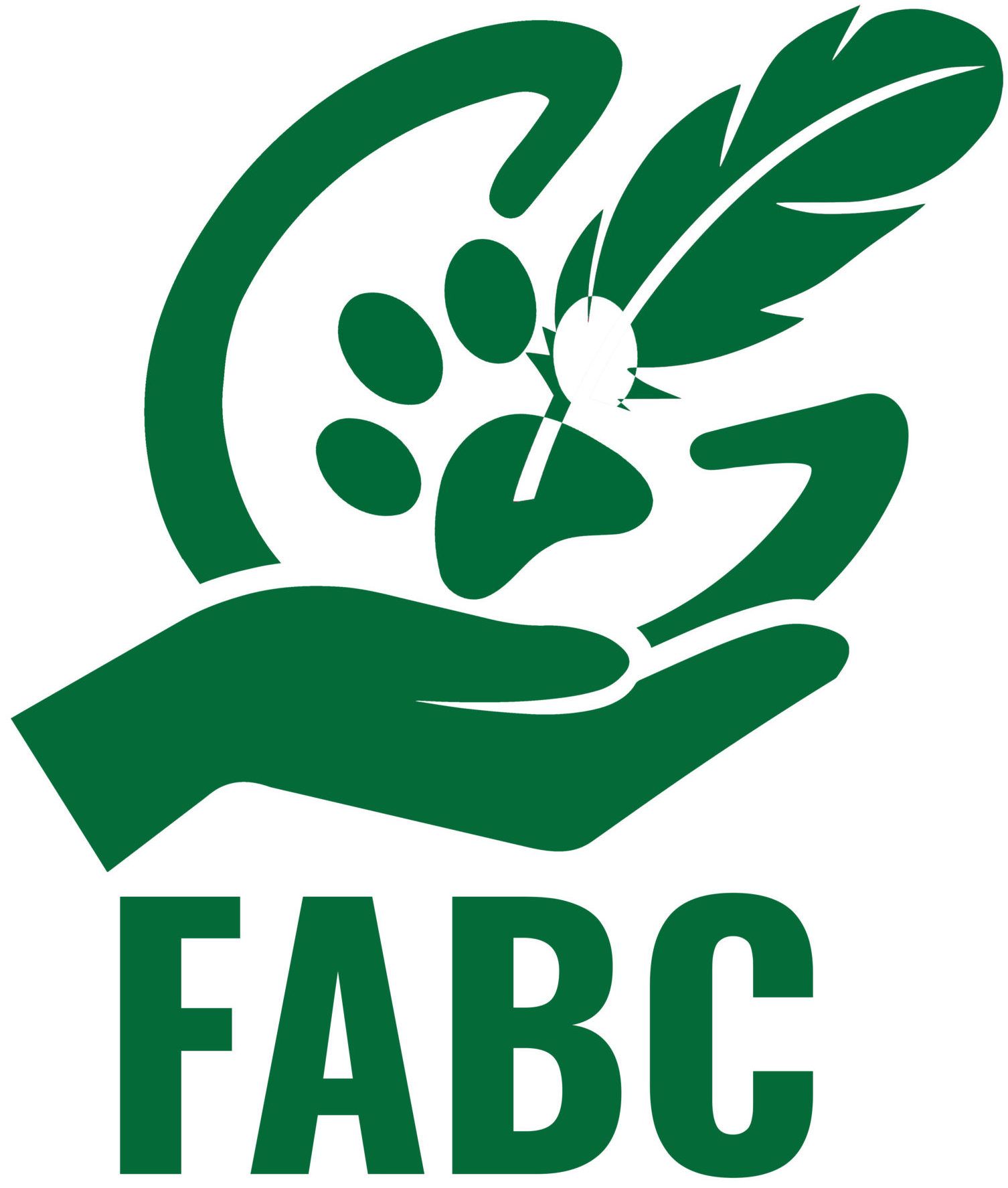Important information about keeping your dog happy with a crate
Crates and your dog
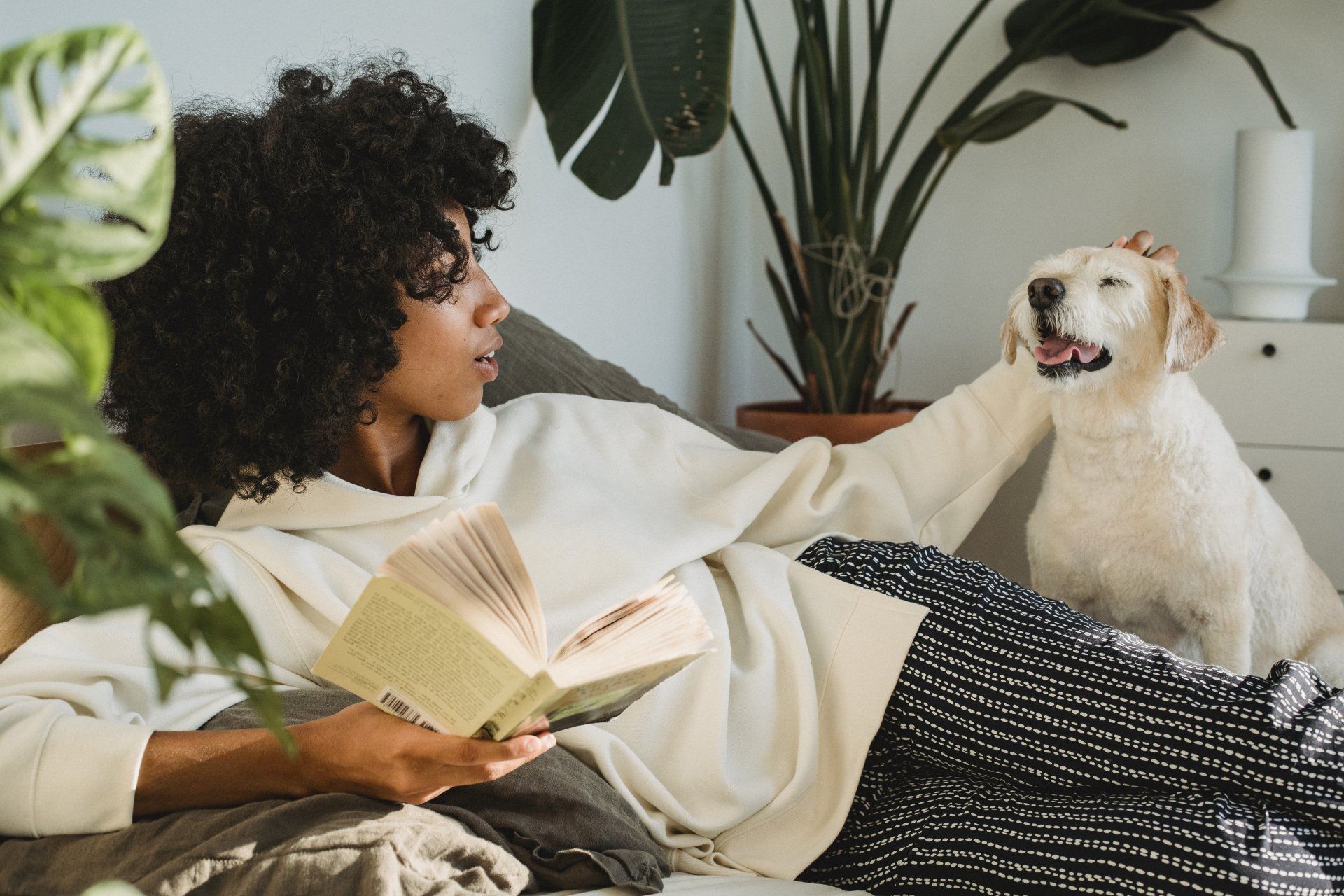
Crate training
Why crate train?
If your dog ever has an operation some experiences in a crate or smaller area is a proactive prevention strategy to help support them getting used to a smaller area. It can also be helpful for car travel.
Considerations
The size of the crate is important – as a dog gets bigger so should the crate! Investing in a large crate is sensible so you don’t need to upgrade each time. A dog should comfortably be able to stretch, move around and stand up in it.
A crate that can be easily cleaned is important incase your dog is ever unwell in it.
A comfortable bed and blanket that is cosy and warm will make it a nice sleeping area.
Habituating a dog to a crate
Building up positive associations with the crate is important – you don’t simply want to shut the door on your dog while they are inside it – this is likely to freak them out and build up positive associations with the crate. Allow them to have a tasty chew, some treats in there with the door open. You can gradually start to shut the door of the crate for a few seconds and build it up that way.
Blogs that say to leave a distressed dog crying in the crate otherwise you will be ‘pandering’ or ‘rewarding’ them for barking are outdated and wrong. A crate should be a relaxing place and it can take time to get them habituated to it. A dog can build up really negative emotional associations with the crate if they are left to cry inside it and you may never be able to use one.
Water bowls
A dog needs a water bowl in their crate. Imagine waking up in the middle of the night and feeling thirsty and not being able to grab some water – not a pleasant experience!
Weighted water bowls mean that a dog will not knock it around all over the place or dip any long floppy ears in to it. A water bowl that attaches to the crate is another good idea.
Think about the reason for using a crate
Are you using a crate because other people are or you think it's the thing to do? You don't have to use one.The crate should never be used as a place to prevent a dog from going to the bathroom or to stop a dog from chewing. The motivation and physical need to go to the bathroom and to chew will still be there. Ensuring your dog has lots of chews available and utilising a pen in the case of some young puppies is a better idea. Getting up with a dog in the middle of the night to let them empty their bladder will be needed, especially puppies they can't physically hold it for too long.. this is uncomfortable and could affect them medically too. If you've ever been in a traffic jam and you needed to go to the loo you'll know how they feel!
It should not be used as a time out or punishment area – that avoids the purpose of a relaxing place.
Safety
A dogs collar should always be removed before going in a crate incase it ever got attached to the crate - this could result in asphyxiation.
Want to find out more?
If you want to find out more about crate training, you may be interested in joining our academy. It’s £20 per month and can be cancelled at any time. Email hello@stpawstrainingacademy.co.uk to join.
